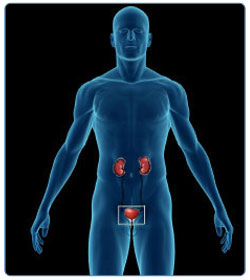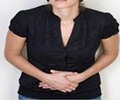- The Etiology of Bacterial Vaginosis - (https://www.ncbi.nlm.nih.gov/pmc/articles/pmc3072448/)
- What is Bacterial Vaginosis? - (https://www.medicalnewstoday.com/articles/184622.php)
- Overview of Bacterial Vaginosis - (https://www.mayoclinic.org/diseases-conditions/bacterial-vaginosis/symptoms-causes/syc-20352279)
- What You Need To Know About Bacterial Vaginosis (BV) - (https://www.webmd.com/women/guide/what-is-bacterial-vaginosis#2)
- Bacterial Vaginosis - (https://www.ijcmas.com/vol-4-6/anahita%20bhesania%20hodiwala%20and%20anuradha%20koli.pdf)
- Bacterial Vaginosis - CDC Fact Sheet - (https://www.cdc.gov/std/bv/stdfact-bacterial-vaginosis.htm)
- Bacterial Vaginosis as a Mixed Infection - (https://www.ncbi.nlm.nih.gov/books/nbk2495/)
Overview
Bacterial vaginosis (BV) is a disorder characterized by an offensive vaginal discharge.
- Bacterial vaginosis (BV) is the most common cause of vaginal discharge among women of childbearing age.
- Though the cause of this condition is not clear, it is thought to occur when there is a disturbance in the growth of the normal vaginal bacterial flora resulting in replacement of normal "good bacteria" by "harmful bacteria".
- Normally the 'good bacteria' is called "Lactobacilli".
- These in vaginosis is replaced by a variety of bacteria like:
- Gardnerella vaginalis
- Bacteroides, Mobiluncus
- Mycoplasma hominis
- Infection can spread from the rectum lining to colic lining into vagina.
- These harmful organisms produce amines (poly & trimethyl) that are responsible for the fishy smell.
- This condition is called vaginosis rather than vaginitis as there is no vaginal inflammation.
- The vaginal pH is raised (from 4.5 to levels above 6-7)
- As it is not a sexually transmitted infection there is no benefit from treating the male partners.(1✔ ✔Trusted Source
The Etiology of Bacterial Vaginosis
Go to source)













